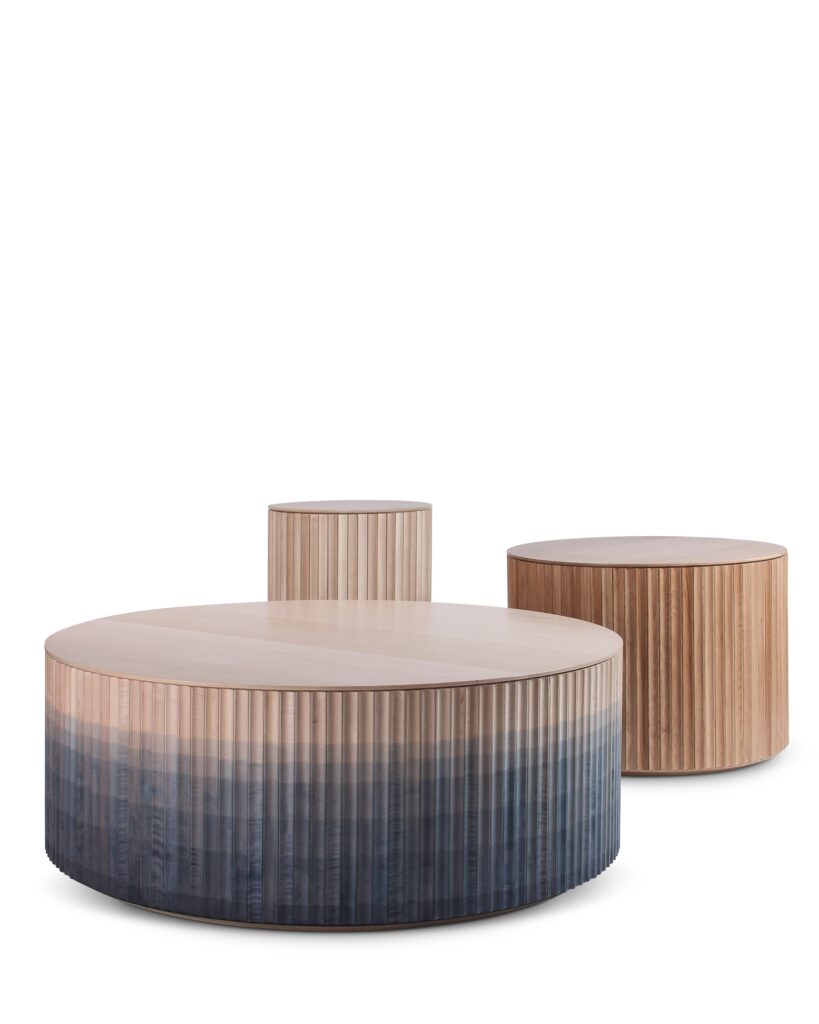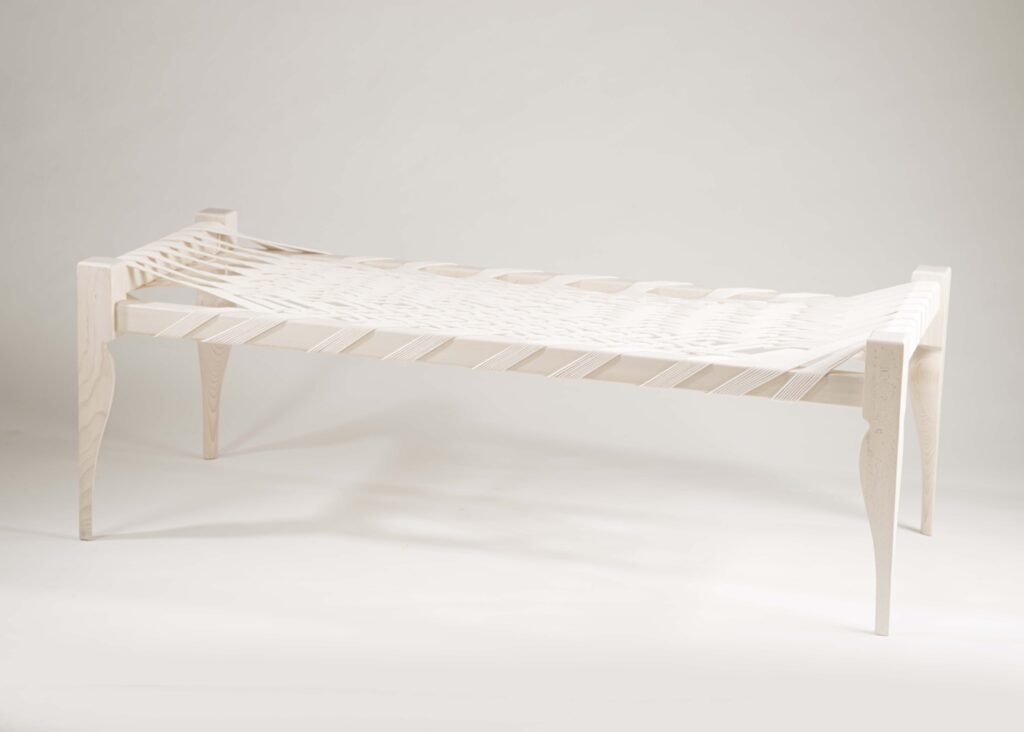

Published on : Tuesday, June 9, 2020

INDO- combines traditional craft processes and modern manufacturing methods to create contemporary objects in American hardwoods keeping the design simple yet traditionally Indian. Using Ikat fabrics motifs and rudimentary patterns to create masterpieces in wood.
INDO a Delhi based award-winning contemporary furniture and homeware design studio in India. INDO- is a product of living in and experiencing both places and cultures. Experimenting with traditional craft processes and modern manufacturing methods to create contemporary objects, INDO- produces work that is both innovative and acknowledges the places and people who inspire it.
The designers here blend their experiences of growing up in India and working across the world to develop a unique design process that embraces aspects of both Indian and American design and production. According to Narang, deconstructing traditional methods‚ finding what makes a process special‚ is at the core of their philosophy. A series of solid wood dip dyed coffee and side tables that reference the technique of glazing ceramics, the Pilar Tables are inspired by the rich use of colored tiles and mosaics in Gaudi’s architecture. Available in American maple, white oak or walnut with varying tops, and with the ability to work in clusters or by themselves, they serve a wide range of demands, from accent to statement pieces.
The Pilar Collection is a nod to simple, functional contemporary design with a beauty inherent in the handmade, absorbed layer upon layer into its surface.

In addition, the Mooda Mirror, also available in maple, white oak or walnut is composed of hardwood dowels stitched together to create a beautiful geometric edge. The glass in turn reflects the dowels, completing the form of the Mooda. The Ikat credenza is a low-rise tambour credenza inspired by the process of weaving Ikat fabrics, in which each warp end is dyed individually with the desired pattern prior to weaving the final product. The result is a pattern that has a slightly ‘fuzzy’ appearance, a distortion inherent in the fabrics, yet shows the skill that is involved in such a labour-intensive process. Each slat of the sliding door is treated as a warp end and hand dyed prior to assembling them together to create the tambour surface. Their focus currently is on using high quality and accessible American hardwoods, such as maple and white oak.
“We choose to use American hardwoods for their durability, appearance, availability and sustainability. Every species has unique characteristics and the same product rendered in hard or curly maple or white oak can look vastly different,” said Narang. Sharma was working on how to create an interaction between Indian and American furniture through her degree project while Narang was focused on how to apply craft in new and interesting ways in order to revive dying art forms.
Through INDO-, the duo have embraced the Indian qualities of things being handmade, meaning each piece is one-of-a-kind, and merged it with the forms present in contemporary American furniture.
Tags: American hardwood, char pai, east meets west, furniture and accessories, Ikat, Indian design, Maple and walnut, oak tree, traditional Indian style